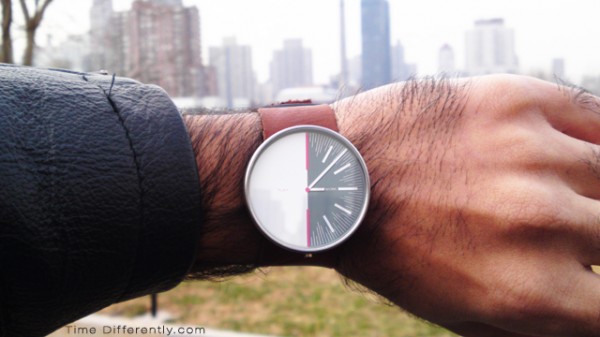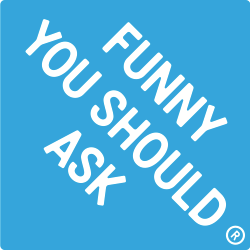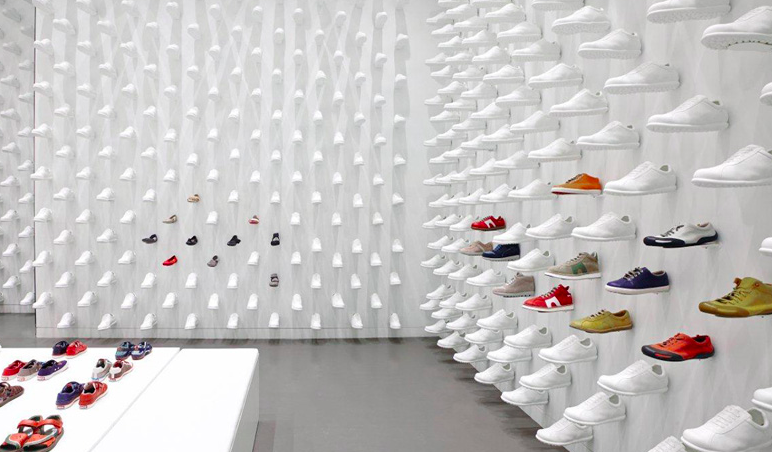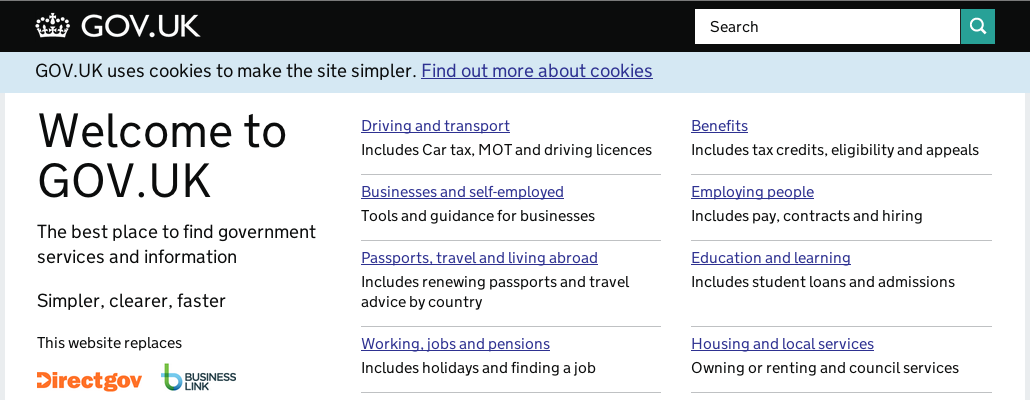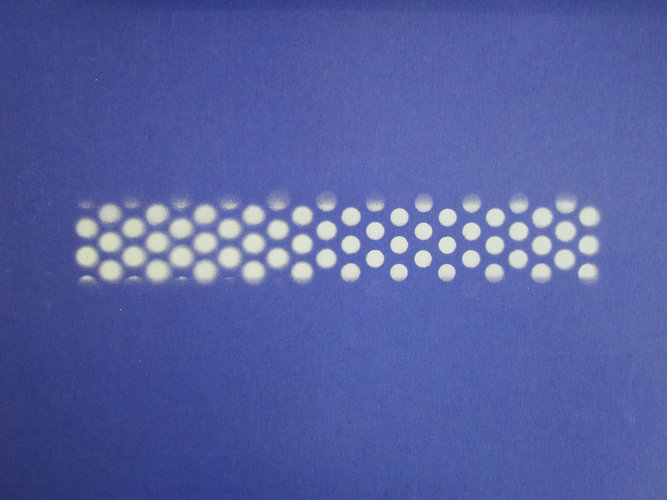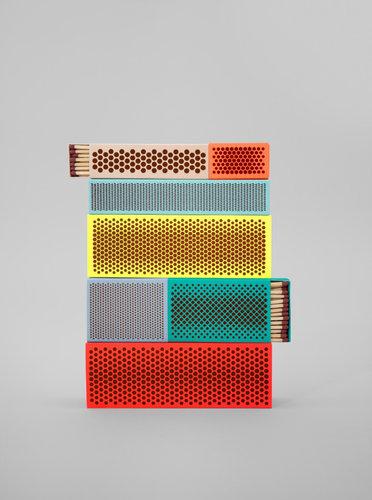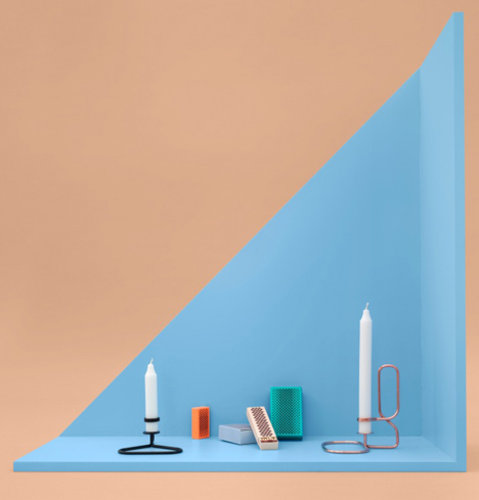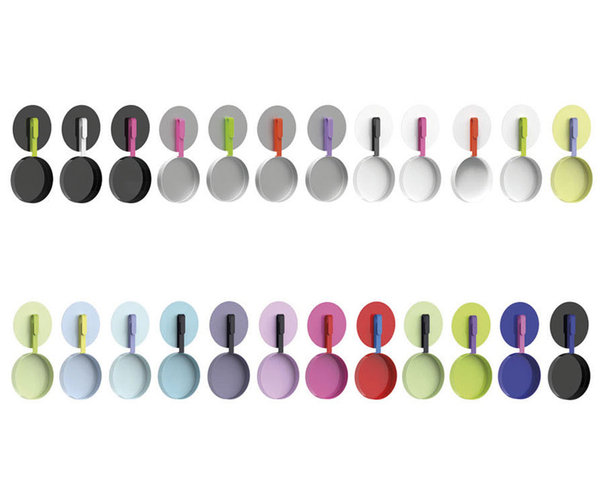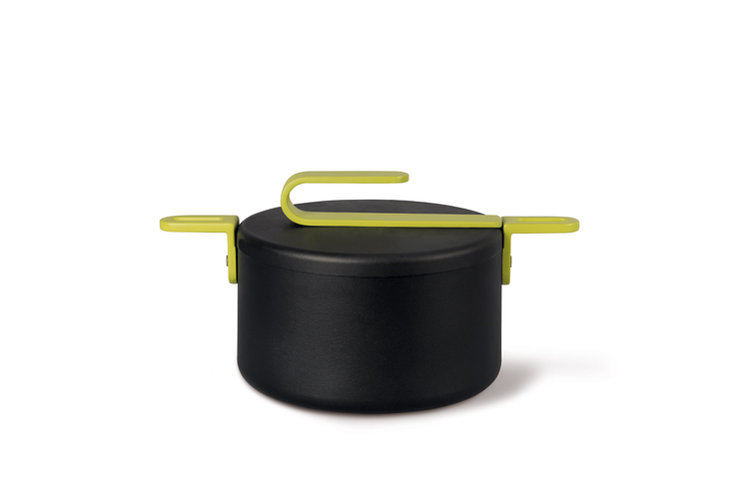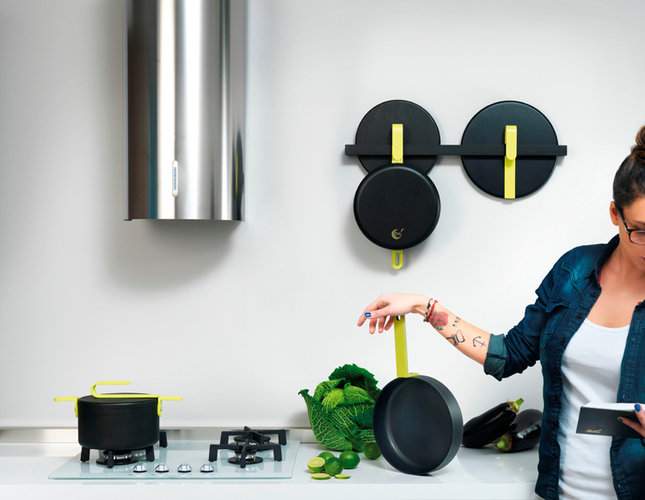I read an article today about politics, design, symbols and the parallels to product brands and the fact that (says the author, Kim Salomon, professor of International History at the university in Lund, Sweden) the differences are minimal. Hitler was inspired by brands from the business world in general, and the German company AEG in particular.
The notion that a product alone isn’t enough, but that it has to have an identity and stand for something more, hold aspirational values, and even feel like it fits in a life style, was something Hitler understood. He also saw the importance of style and design. Regardless of how one feels about Hitler and his philosophy, he did manage to find a very strong symbol (and typeface, architecture and illustrations etc). An nice looking brand book really. Hugo Boss, apparently, had a monopoly on the black SS uniforms because there were very strong restrictions when it came to licensing the “products”…
Nazis, communist China, Fascist Italy and the soviet union were very good at brand strategies and selling their political ideas. The leaders were used on posters, houses, newspapers etc – and I have to say that Hitler, Musolini, Mao and Lenin do look strong (well, Mao doesn’t always look so strong perhaps). The mustache, the smile and the shaved head. Old Nazi posters do look powerful with the stylish, well designed and thought through (not to mention the typography). Of course, now they connote very negative feelings first and foremost.
Design does evoke feelings. In the Apple case – even people with no estethical interest can be attracted by the slick package the beautiful iPod comes in. Slick, minimalistic and high quality. In the Nazi case, I can’t help but marvel over the communication pieces, which of course was exactly the aim back then too. In that case the beautiful branding sold a crap philosophy.
Apple (oh, the never ending case study) – they understand it. Then again, they’re one of the relatively few companies, for the masses, that understand that (and act like it) a chain is only as strong as its weakest link. After the return of Jobs, and the last try (focusing on the iMac only) I think this has become really clear to them. Product quality, package, design, augmented product, marketing and services – it’s all product in the minds of the consumers and my God they understand it. And my God it works. That’s how you get and maintain a price premium, a loyal fan base and people who tattoo the brand logo on themselves
